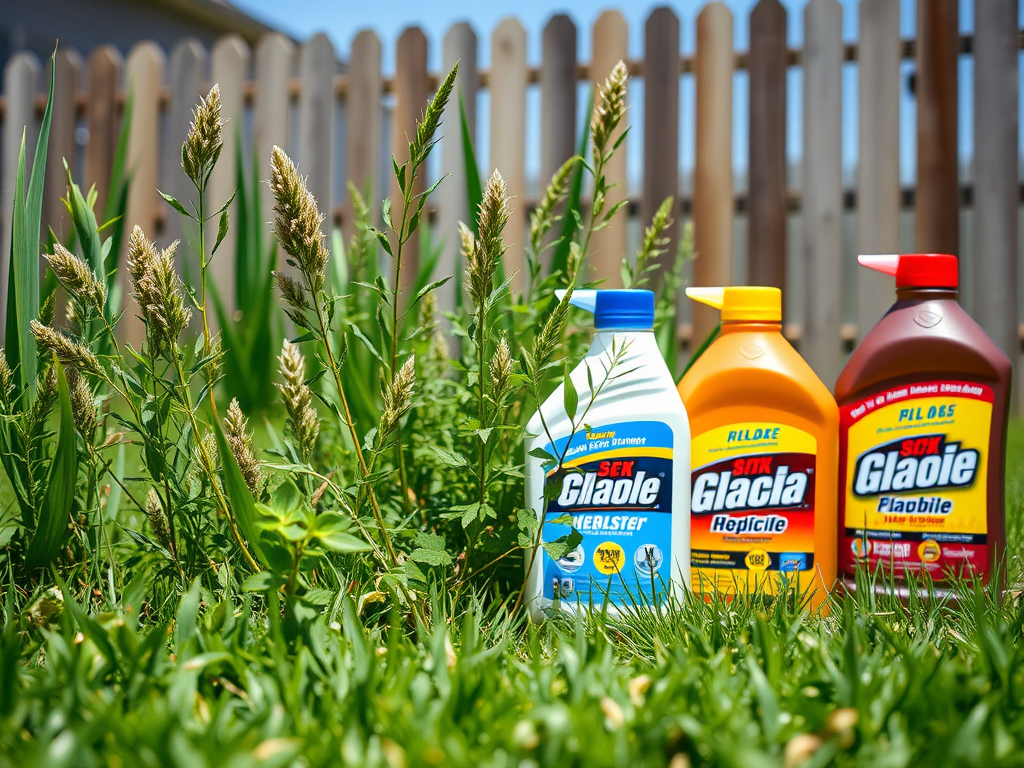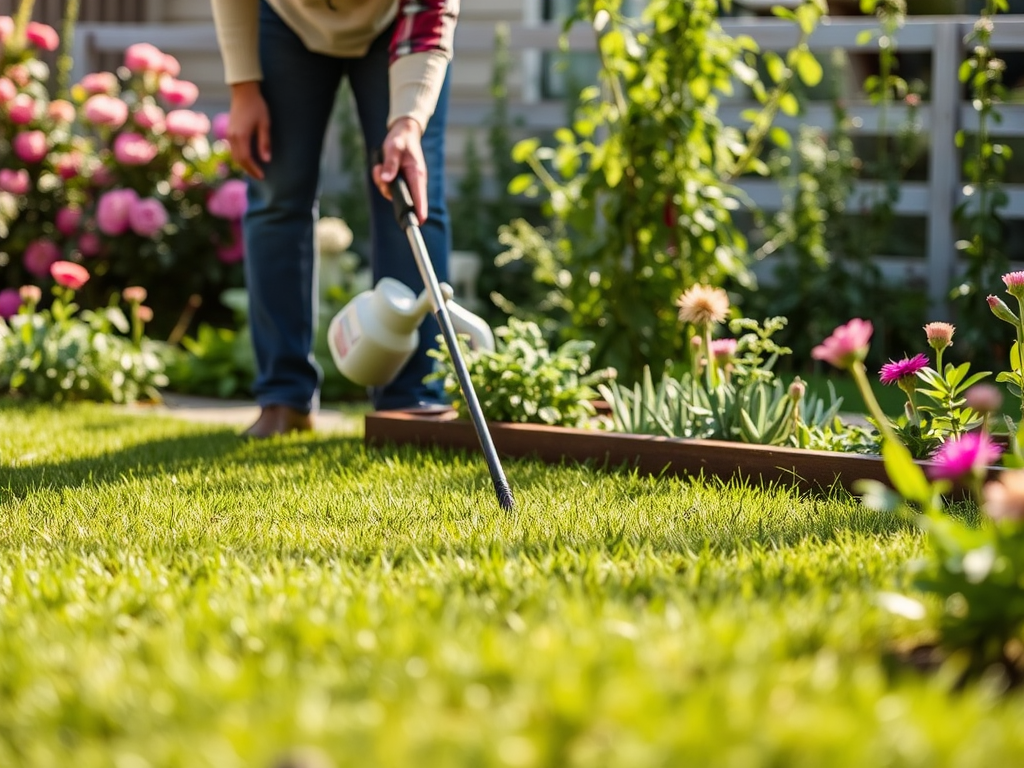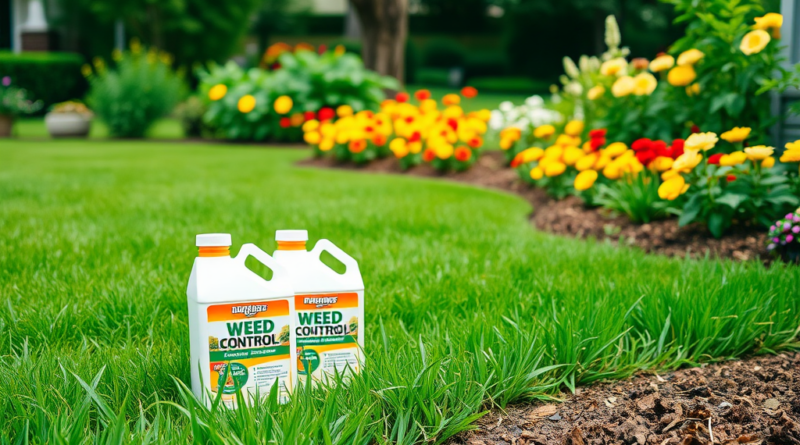Understanding Your Options: Best Weed Control Products for Lawns
Maintaining a lush, green lawn requires vigilance and the right tools to combat one of the most pressing threats: weeds. A beautiful lawn not only enhances the aesthetic appeal of your home but also contributes to the overall health of the environment. However, weeds can easily take over, competing fiercely with grass for essential resources such as nutrients, water, and sunlight. In this article, we’ll explore the various weed control products available in the market, focusing on making informed choices. By understanding the different types of weed control options, you’ll be empowered to reclaim your lawn from unwanted invaders.
Over time, a weed-free lawn isn’t just a possibility; it can become a reality with the right approach and product selection. Whether you’re dealing with stubborn dandelions or pervasive crabgrass, knowing your options is key. From chemical herbicides to organic treatments, each solution has its merits and scenarios in which it excels. Let’s delve into the specifics and help you uncover the best strategies for effective weed management.
Why Weeds are a Problem

Weeds are more than just an eyesore; they pose serious competition to your lawn’s survival. They vie with grass for vital resources necessary for growth, leading to straggly patches and an overall lack of vigor in your lawn. In addition, weeds can harbor pests and diseases that threaten your grass and other plant life. Understanding which types of weeds are invading your turf is crucial for selecting the right control method. Common categories include:
- Broadleaf Weeds: These weeds typically have wider leaves. Examples include dandelions and clover.
- Grassy Weeds: These resemble your lawn grass but can thrive in undesirable conditions. Examples include crabgrass and goosegrass.
- Sedge Weeds: These are often mistaken for grasses but have a triangular stem. Examples include yellow nutsedge.
Types of Weed Control Products

When it comes to weed control products, understanding their classification is pivotal. There are primarily two categories: pre-emergent and post-emergent herbicides, both of which serve distinct purposes in weed management. Knowing your lawn type and existing weed problems influences the choice of product. Here’s a breakdown of what you need to know:
Pre-emergent Herbicides
Pre-emergent herbicides are formulated to prevent weeds before they even appear. By targeting the germination process, these products ensure that weed seeds do not get a chance to sprout. They are best used in early spring when soil temperatures are favorable for germination. However, timing is critical; applying them too late may result in weeds emerging despite treatment.
Post-emergent Herbicides
In contrast, post-emergent herbicides are designed to eliminate weeds that have already established themselves. These products work best when applied directly to actively growing weeds. Recognizing the specific weeds in your lawn can help you select the most effective post-emergent solution. Popular post-emergent herbicides include:
- Glyphosate: Broad-spectrum herbicide effective on many weed species.
- 2,4-D: Commonly used for controlling broadleaf weeds.
- Quinclorac: Targets grassy and broadleaf weeds and is often used on crabgrass.
Natural and Organic Weed Control Options
For those concerned about the environmental impact of chemicals, there are numerous natural and organic weed control solutions available. These products usually rely on ingredients derived from plants or other natural resources. However, while they tend to be safer for pets and children, they may require more frequent applications. Some popular organic options include vinegar-based solutions and steam weeding.
| Product Type | Use Case | Environmental Impact |
|---|---|---|
| Pre-emergent Herbicide | Preventing weed germination | Moderate |
| Post-emergent Herbicide | Killing existing weeds | High |
| Natural Solutions | Eco-friendly weed management | Low |
Evaluating Your Lawn’s Needs
Before embarking on your weed control journey, it’s essential to evaluate the specific needs of your lawn. Factors such as lawn type, climate, and the types of weeds present should inform your choice of products. For instance, cool-season grasses may require different treatments than warm-season grasses. Additionally, conducting a soil test can provide valuable information about nutrient levels and pH, enabling you to tailor your approach effectively.
Application Techniques for Weed Control
Proper application of weed control products is essential to their effectiveness. There are various methods for applying herbicides, including spraying, granular applications, and spot treatment. Be sure to follow the manufacturer’s instructions to minimize harm to your grass and surrounding plants. Key tips for effective application include:
- Apply during calm weather to prevent drift.
- Wear protective clothing and use equipment properly.
- Water the lawn as recommended after application to activate the product.
Monitoring and Maintenance
Weed control is not a one-time effort but rather an ongoing process. Regular maintenance plays a crucial role in preventing weeds from returning. By mowing at the appropriate height, watering correctly, and fertilizing as needed, you’ll promote a dense, healthy lawn that can outcompete many weeds. Keeping an eye on new weed growth will allow you to address it promptly before it becomes a larger issue.
Conclusion
In summary, understanding the different options available for weed control can significantly impact the health and appearance of your lawn. Whether opting for chemical herbicides or natural solutions, selecting the right products is essential for your specific lawn needs. Combining effective products with consistent monitoring and maintenance can lead to a vibrant, weed-free lawn, allowing you to enjoy your outdoor space fully.
Frequently Asked Questions
- What is the difference between pre-emergent and post-emergent herbicides? Pre-emergent herbicides prevent weed seeds from germinating, while post-emergents kill existing weeds.
- How can I tell which weeds are in my lawn? You can identify weeds by examining leaf shape, flower structure, and growth pattern or by consulting local gardening resources.
- Are natural weed killers effective? Natural weed killers can be effective for small infestations but may require more frequent application and vigilance.
- When is the best time to apply weed control products? The timing depends on the product type and the specific weeds present; generally, pre-emergents are applied in early spring, while post-emergents are used during active weed growth.
- Can I overseed my lawn after applying weed control products? It’s advisable to wait at least a few weeks after using herbicides before overseeding to ensure the new seeds can germinate properly.
